Secrets of planting mint and caring for aromatic herbs
All lovers of herbs that add a special flavor to food and drinks have ever wondered how to plant mint. Its leaves are rich in essential oils, the combination of which creates that very special fresh invigorating scent. This plant is truly versatile. All over the world, it is actively used in cooking, medicine, perfumery, cosmetology, added to toothpastes and powders. It is not difficult to grow it in the country, because the culture does not impose strict requirements for the conditions of breeding, and caring for the plantings will not take much time.
Choosing a site
It is better to take a sunny place for growing mint, where there is shade at noon. Its bushes develop faster with long daylight hours. Constantly being in dense shade near the walls of buildings or under spreading trees, they will not die or wither, but their growth will slow down.
Peppermint is undemanding to soil quality. A soil that meets 5 conditions is ideal for her:
- easy;
- porous air and moisture freely passing to its roots;
- contains a lot of moisture, but not swampy;
- humus-rich;
- loamy or sandy loam.
If the soil in the area contains a lot of lime, this will not interfere with growing mint, but its leaves will give off a weaker aroma. Dense clay soil, in which water stagnates for a long time, is contraindicated in culture. Even proper care on such land will not save the plants.
Before planting mint, the site is prepared in the standard way: weeds are selected, they are dug up, fertilizers are applied. Both organic and mineral compositions are suitable for her. The height of the beds is determined by the type of soil. If it dries quickly, it is better to make them low. This will help keep the moisture in the ground for longer. If the soil in the country is damp, it is worth pouring in high ridges. They will protect the plant roots from decay.
Neighbors and predecessors
Mint will be a good neighbor for almost all garden crops. It will attract pollinating insects to them, scare off many dangerous pests, and improve the taste of ripe vegetables. Experienced summer residents advise planting it next to tomatoes, cabbage, beets. And if ordinary nettle is next to mint, its leaves will smell even stronger, because more essential oil is formed in them.
An important point: if the plantings suffer from diseases or pests, no care will help to save them. Treating mint bushes with fungicides will make them unsafe for food or medicinal purposes. To prevent infection, it is better to place them away from flower beds, beds with vegetables and herbs - at a distance of at least 60-80 cm.
So that the cultivation of mint does not end in failure, air must circulate freely between the plants and easily penetrate to their roots. Good drainage is also important. Plantings should be inspected regularly, paying special attention to the inside of the mint leaves, where insects like to hide. Having found pests, they are washed off with the pressure of water from a hose.
Peppermint develops well after legumes, root crops, perennial grasses. Its root system is powerful, so it is better to make separate beds for the plant, otherwise it will simply clog the neighbors. The mint area does not need to be changed often. In one place, her bushes can remain up to 10 years. But they will have to be updated from time to time.
Advice
Mint is suitable for rock garden. And if you plant it in large quantities, its bushes will quickly cover the soil with a decorative green carpet.
Generative reproduction
For the first time, you can grow mint on the site from seeds.For further reproduction, cuttings and rhizomes obtained from an adult bush are often used. It will take less time to care for them, and they will grow faster than seedlings. Seedlings are obtained from mint seeds, which are then placed in open ground. They are sown in mid-spring. Since they are very small, during the procedure it is more convenient to use a stick with a pointed end, which is periodically dipped in water. You can also take a special syringe for seeds.
The seedling container should be wide and shallow. It is filled with a nutrient substrate. When sowing mint seeds, they are not buried, but only slightly (maximum 5 mm) pressed into the soil. Then a cling film is pulled over the landing container. You need to place it in the sun, you can even put it on an unglazed balcony if it's warm outside. For mint seeds to germinate, the air must be warmed up to 21-24 ° C.
When the seedlings hatch, caring for them will include only regular watering. After they get stronger, they are dived into separate pots and placed in a cool place. Seedlings are planted in open ground towards the end of May, when 3-5 pairs of leaves are formed on them. The cultivation of mint at home is also widely practiced. Planting with seeds can be carried out directly on the beds, but this is not very convenient due to their small size.
Other breeding methods
Peppermint is propagated by cuttings or rhizome cuttings. Both methods allow young bushes to retain all the properties of the mother plant. Mint cuttings can be cut when they have 5 leaves and a renewal bud is formed. Their length should be 7 cm. Placing them in a prepared ridge, sprinkle mint cuttings with soil and water abundantly. It won't take long for them to take root.
Another method is also popular. The cut cuttings are placed in a container of water and kept in it until the roots appear. They do not need any care at this time. It will only be necessary to add water from time to time as it evaporates. Then the cuttings are planted in the beds with an interval of 20-30 cm.
If you need to get pieces of mint rhizome, it is removed from the ground and slightly dried. The division is carried out so that each part consists of 10-12 nodes. The resulting rhizomes are placed in shallow (8-10 cm) holes. They are made at a distance of 30-40 cm from each other. When planting a cut, a handful of humus is thrown into the hole.
Landing rules
When growing mint outdoors, you need to take into account the characteristics of the culture. Its bushes develop rapidly, giving many shoots and filling the garden with themselves. To prevent the site from turning into continuous thickets of mint over time, the space allotted for it must be limited by driving sheets of slate or metal into the soil. Iron hoops cut from old barrels will also help.
Advice
It is better to place different varieties of mint on the garden bed. Pepper, curly, fragrant, apple varieties go well with each other and pleasantly diversify the menu.
Before planting plants, the soil is enriched with the following fertilizers:
- humus;
- potassium chloride;
- ammonium nitrate;
- superphosphate;
- wood ash.
Having dug up the soil 20 cm, level its surface and make a bed with wide (40 cm) row spacings. Mint bushes are planted with an interval of 30-50 cm. The rhizome is embedded in the soil to a depth of 5 cm. Plants will bush if you pinch their tops. They do this when their height is 20-25 cm.
Spring (in April-May, depending on the region) and summer (in August) planting of mint is practiced. In both cases, the procedure ends with abundant watering. If the planting of a crop on the beds is carried out with seeds, the furrow prepared for them is thoroughly moistened, and after sowing, it is lightly sprinkled with dry soil. She will perform the function of mulch.
Agrotechnics
Leaving mint growing in the country is almost not required. Freshly planted bushes are often watered. Better to do this in the evening. Mature plants are less hydrated.In a rainy summer, mint will have enough natural precipitation; in dry weather, it is watered once every 1.5-2 weeks. Plantings need to be weeded and loosened regularly. Mint roots are located almost at the surface of the soil, so the weeds get in the way. It is more convenient to carry out such care after watering or rain, while the earth has not yet dried out. It is easier to remove weeds from wet soil without damaging the mint roots.
The culture responds well to feeding. It is better to take for them preparations with a high content of nitrogen and phosphorus, but organic compounds can also be dispensed with - rotted manure or compost. Care is especially important for mint in the form of dressings during the period of active growth of its bushes - in the spring. In the future, the beds are mulched from time to time, adding wood ash to the compost. In the fall, professionals recommend digging deep into the soil, adding half-rotted manure (2 kg per 1 m²) into it.
Advice
The plantings must be monitored, not allowing them to thicken. Powdery mildew can attack the mint.
If you want to get bushy plants, they are periodically trimmed, shortening the top. Then the mint stops stretching upward and begins to actively form side shoots. As a result, more fragrant leaves can be harvested from it. If the mint bushes are strongly stretched in height, you should pay more attention to watering. Usually the plant reacts in this way to a lack of moisture.
Harvesting and preparing for winter
Most of the essential oils in mint leaves accumulate when the plants are in bloom. You can collect them in different ways: cut with scissors, tear off, pinch. After removing some of the shoots, the bush will begin to intensively form new ones. To stock up on useful mint for the winter, twigs cut from it are tied in bunches and hung in a dark place. The attic is ideal for these purposes.
You can do it differently: rinse the leaves and shoots cut from the mint and spread them out on paper. When they dry, they are crushed or left intact. Then the mint is placed in a container, tightly closed with a lid and placed in a cool and dark place. To keep the greens fresh, they are kept in the refrigerator. After cutting and washing the mint shoots, they are first placed on a moistened gauze or thin cloth, and then in a container. You can do without an additional layer of fabric, but then the storage temperature should be 0 ° C.
If the winter turns out to be harsh, the plantings may die. For the onset of cold weather, mint is prepared by reliably covering the beds with heat-saving materials:
- dry soil;
- straw;
- sawdust;
- peat;
- spruce branches;
- needles.
Proper care also includes periodic plant renewal. Every 3 years, new bushes are planted on the garden bed. This minimizes the losses caused by weeds and prevents degeneration of the mint. Strongly overgrown bushes are cut off, leaving 2-3 cm above the ground. They are watered abundantly and a new crop is expected, which will appear very soon.
The cultivation of herbs has become a tradition for many summer residents. And mint is one of the first in the list of their preferences. It will fill the garden with an enchanting scent, reminiscent of sun-drenched forest lawns and the cool sea breeze. The tea made from mint will perfectly quench your thirst and refresh you on the hottest day. It will calm the nerves, help with depression, and bring pleasant dreams.
Mint leaves can be added to cocktails, kvass and fruit drinks, to decorate desserts with them, to prepare syrups, tinctures and marinades from them. They are also used for conservation. Fragrant baths are taken with mint, and decoctions from it are highly appreciated by bath lovers. She will be an excellent assistant in the fight for the health and beauty of the skin. Plant mint in your country house and experience all its beneficial properties!
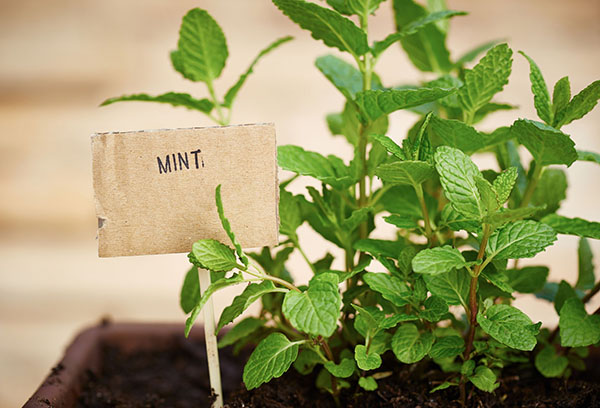
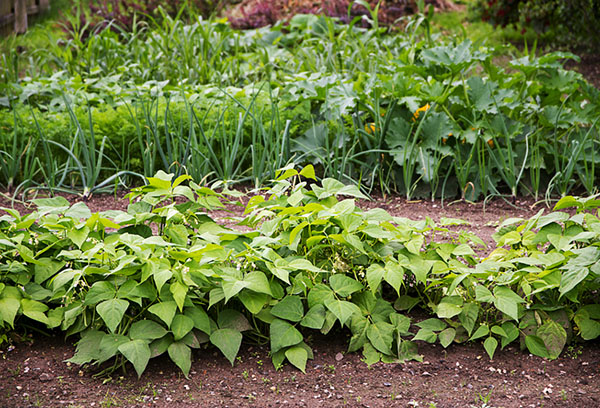
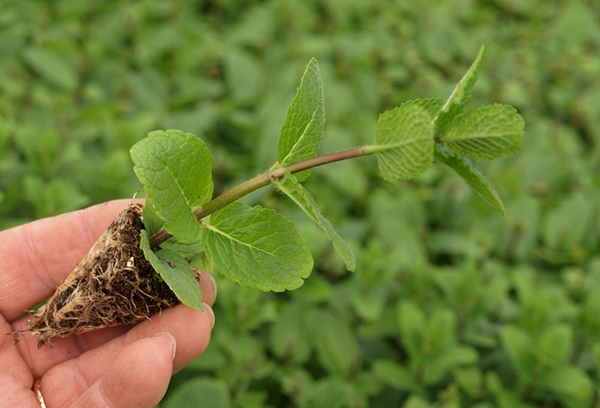
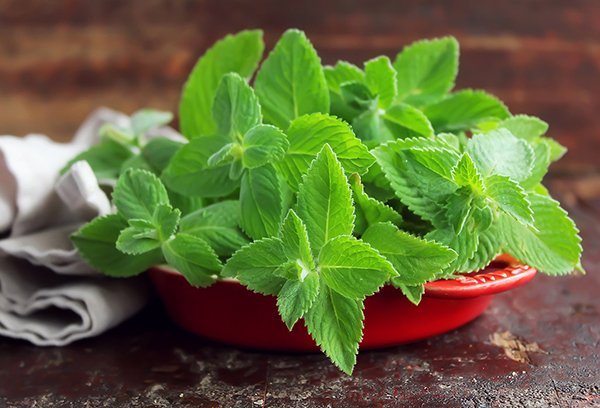
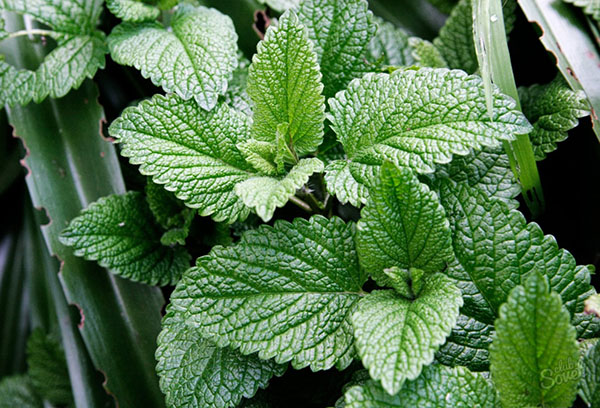
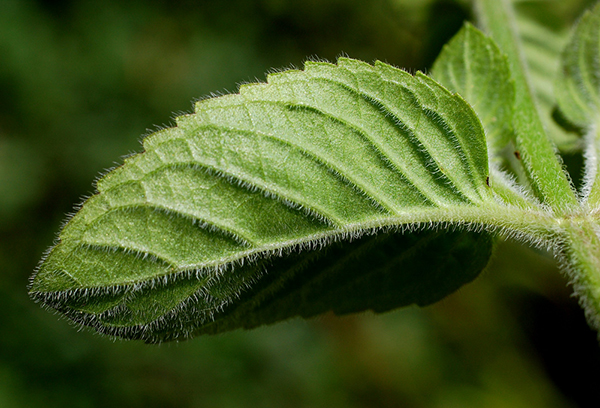
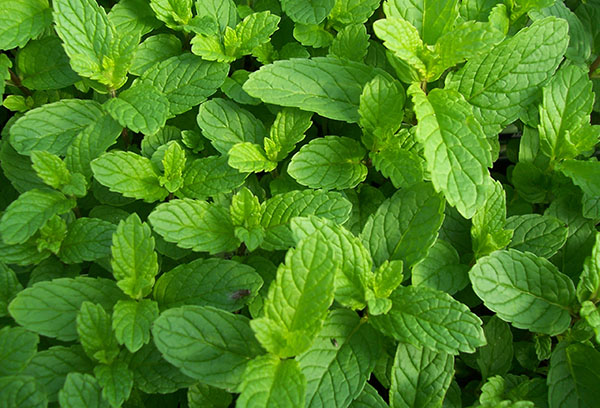
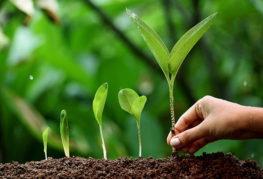
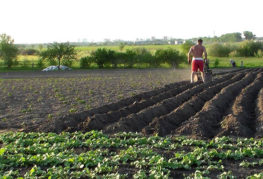
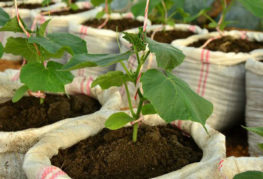
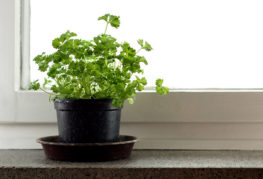
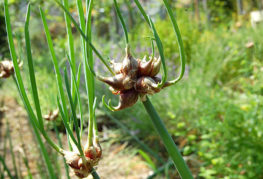
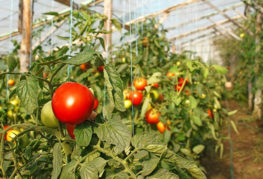
and will be published shortly.